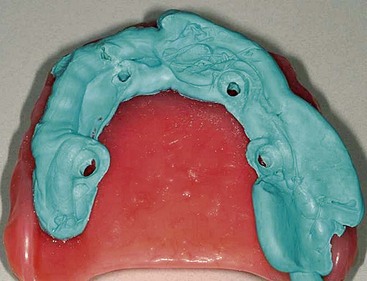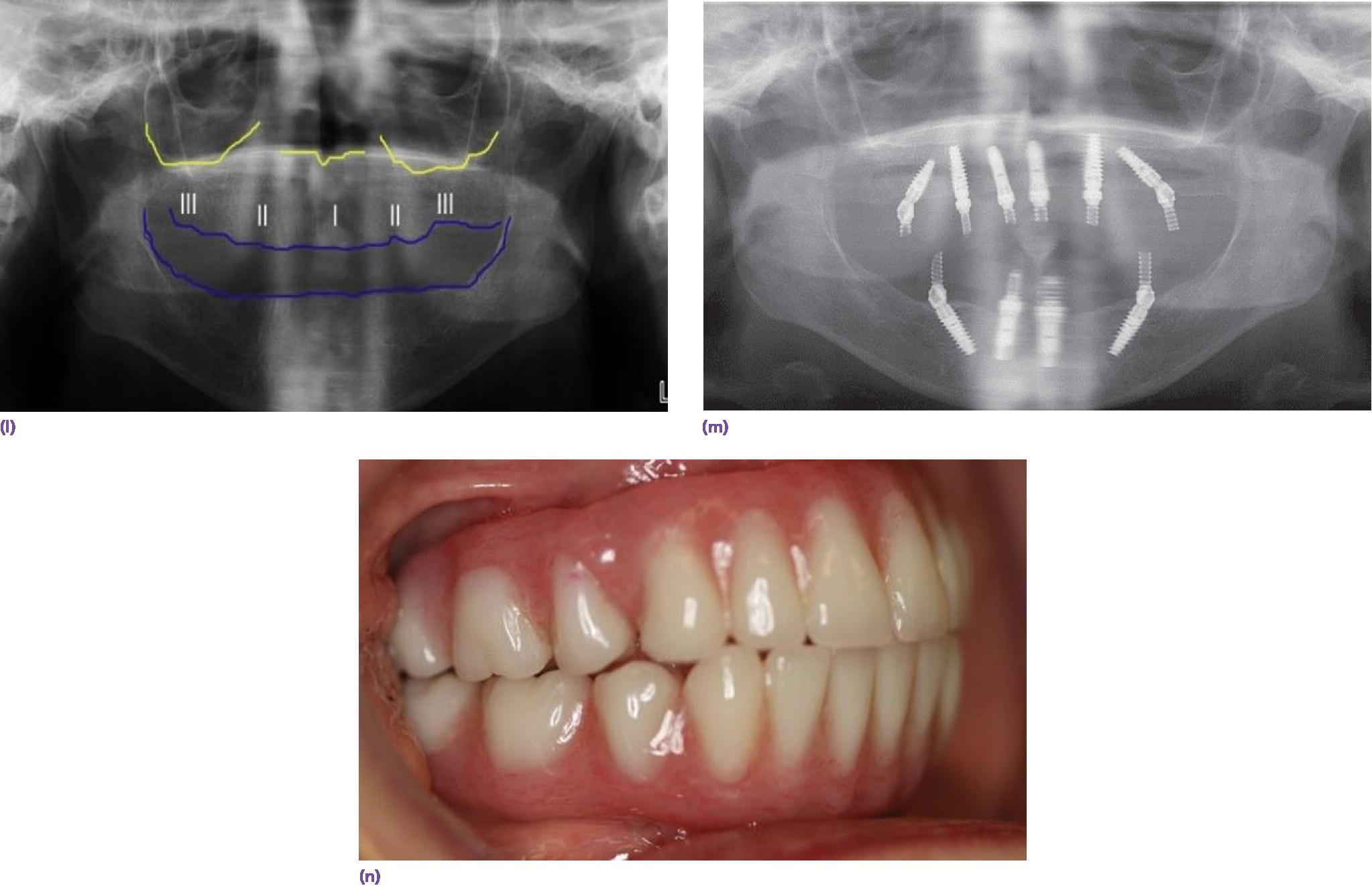

Handpieces are used in microblasters for manual blasting of individual frameworks. Recycling sandblasters are also available with integrated (adjustable) nozzles, which can also be used for simultaneously sandblasting several similar frameworks (e.g. CoCr castings) automatically in a slowly rotating blasting basket. Combination sandblasters incorporate the two functions. Sandblasters are equipped with reservoirs ( abrasive tanks) for one or more different abrasives (different grit sizes). Modern units often have a modular design and can simply be extended with other abrasive tanks as required for additional applications. Color-coding is used to facilitate identification and assignment of abrasives, handpieces/nozzles and system controls.
#Intaglio surface dentistry free#
The abrasive is directed onto the surface to be sandblasted using compressed air (preferably filtered, free from oil and water) as a jet through a fine nozzle, made from a highly resistant material (e.g. Accurate focusing of the jet increases the sandblasting precision and at the same time reduces the material consumption. The blasting chamber forms a self-contained work area. Used abrasive is trapped by filter systems and extractors, preventing indoor air contamination. Separators remove contaminants from the abrasive. Viewing glass (the service-life is increased by using optional mesh guards), lighting and additional magnifying systems ensure a good view. Gloves (cuffs), which are permanently fixed in the unit housing, enable manipulation of the frameworks. Sandblasting is often activated using a foot-switch in order to keep the hands free. Precise coordination of sandblasting pressure, grit size of the abrasive and distance and angle of the nozzle to the framework to be sandblasted are crucial in ensuring optimum sandblasting in the least possible and therefore more cost-effective time. Modern sandblasters are suitable for universal use in all areas of application, e.g. This is ideal when moisture tolerance is needed.The removal of residual investment and metal oxides, roughening to create retentive surfaces, high-luster or matt sandblasting, compacting metal surfaces as well as special applications such as cold silanization for coating surfaces in the RocatecTM system.

Remember: Zirconia can be seated conventional for many clinical situations. For additional content on this topic, give this roundtable discussion a read. That’s why it’s vital to clean the intaglio after try-in either by sandblasting or by wiping the inside of the restoration with gauze soaked in 5% sodium hypochlorite, rinse with water and air dry. These phosphate groups from the saliva will grab on to the oxide groups on the zirconia and make it impossible for bonding to take place. Why is this so crucial? Zirconia has oxide groups which bond to phosphate groups in your dental cement However, when you try-in the crown, that process brings the zirconia into contact with saliva, which just so happens to contain a good deal of phosphate as well. Initially, with sandblasting but also important after try-in to clean saliva. Such monomers are used in cement or bonding systems developed for zirconia.įurther, a key to getting strong zirconia bonding is proper preparation of the intaglio surface. Silanes do not bond to zirconia, but phosphate monomers or polyacids bond very strong to zirconia (and do not to glass ceramics!). Important to know: The zirconia surface is chemically very different to silica based glass ceramics. In fact, bonding of zirconia restorations is easy, but different to glass ceramics. There are myths that you can’t bond to zirconia.


 0 kommentar(er)
0 kommentar(er)
